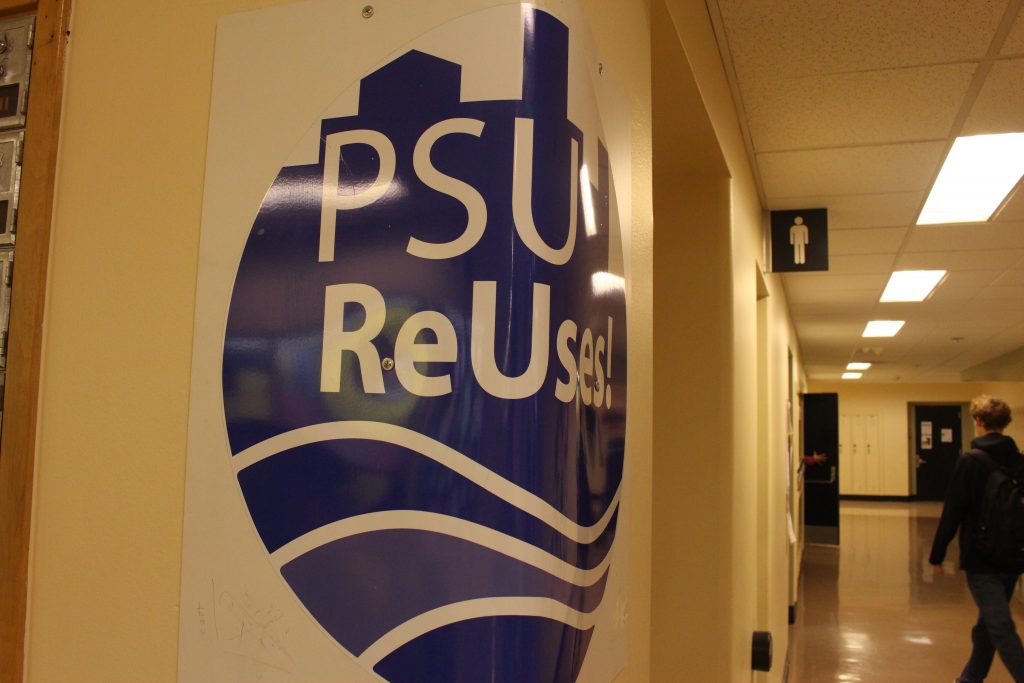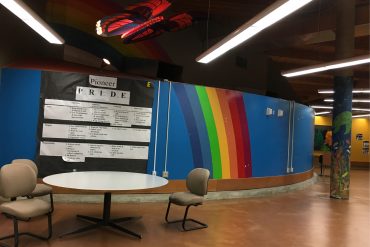 This year, Portland State University rose to number 14 on the Sierra Club’s “Cool Schools” list of the most environmentally sustainable schools in the country. A ranking well deserved as PSU has implemented cutting edge, environmentally sustainable designs into every aspect of the campus. The school has brought environmental sustainability directly to the students with no-frills designs that are cost effective, energy efficient, and provide more superior learning environments to the students and faculty alike.
This year, Portland State University rose to number 14 on the Sierra Club’s “Cool Schools” list of the most environmentally sustainable schools in the country. A ranking well deserved as PSU has implemented cutting edge, environmentally sustainable designs into every aspect of the campus. The school has brought environmental sustainability directly to the students with no-frills designs that are cost effective, energy efficient, and provide more superior learning environments to the students and faculty alike.
“[The innovative and sustainable designs on campus are] incredibly gratifying.” said Ruby Buchholtz, the Conservation Outreach Specialist at the university’s Campus Sustainability Office. Eight of PSU’s buildings are LEED certified, which is the “…most widely used green building rating system in the world,” according to the United States Green Building Council,”. LEED buildings on PSU campus are, above all, user friendly. Every aspect of the environmentally sustainable design was built to benefit students and faculty, with features such as passive solar lighting. By constructing buildings with large windows that face the sun as it rises natural light is provided that improves student wellness and productivity, and is a simple solution to energy consuming fluorescent lighting. Most students would prefer the natural light, as opposed to sitting in a stuffy, windowless room with hospital-esque lighting.
PSU is also home to the reuse room. All things that would normally go to the landfill like binders and old coffee mugs are available in the reuse room for the benefit of students on a budget to use. Located on the first floor of Cramer Hall, the reuse room was created to reduce waste on campus. “It’s more eco friendly as opposed to throwing everything in the trash,” said Madelaine Hughes, a freshman at PSU.
On campus, Neuberger Hall, Lincoln Hall, Cramer Hall, and Smith Memorial Student Union are supplied with clean energy through a multi-use energy loop. The design uses geothermal energy, a renewable energy source. Hot water moves through a complex underground piping system, providing buildings with heat. Then, as the water moves back through the loop, it cools and is reused as water for the building’s plumbing and cooling systems. Other systems in place, like the self-sustaining stationary bikes in the Campus Recreation Center, utilise physical force of use to create energy and store it in a battery cell and even indicate how the energy the user is creating is being used.
The environmentally sustainable incorporations serve multiple benefits to students on campus by creating a positive learning environment. In turn, we as the younger generation will absorb the environmentalism sentiment and perhaps be more inclined to implement them into our daily lives to create a more sustainable future.





